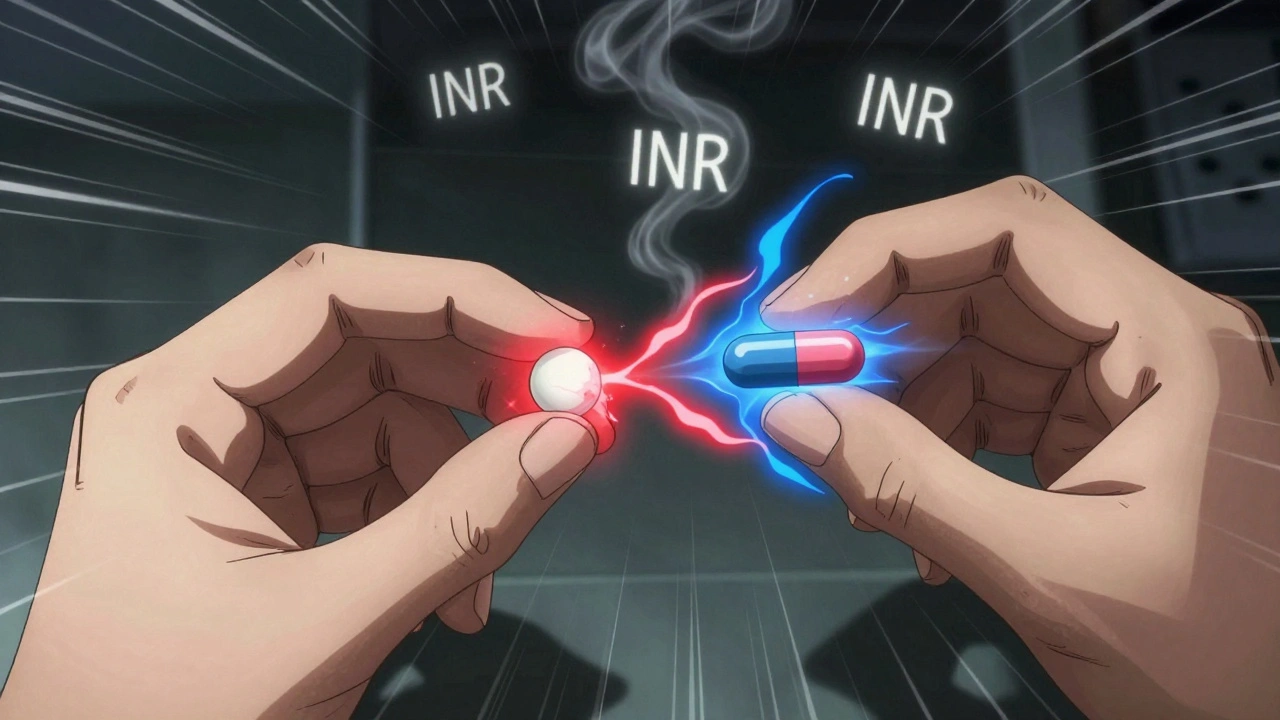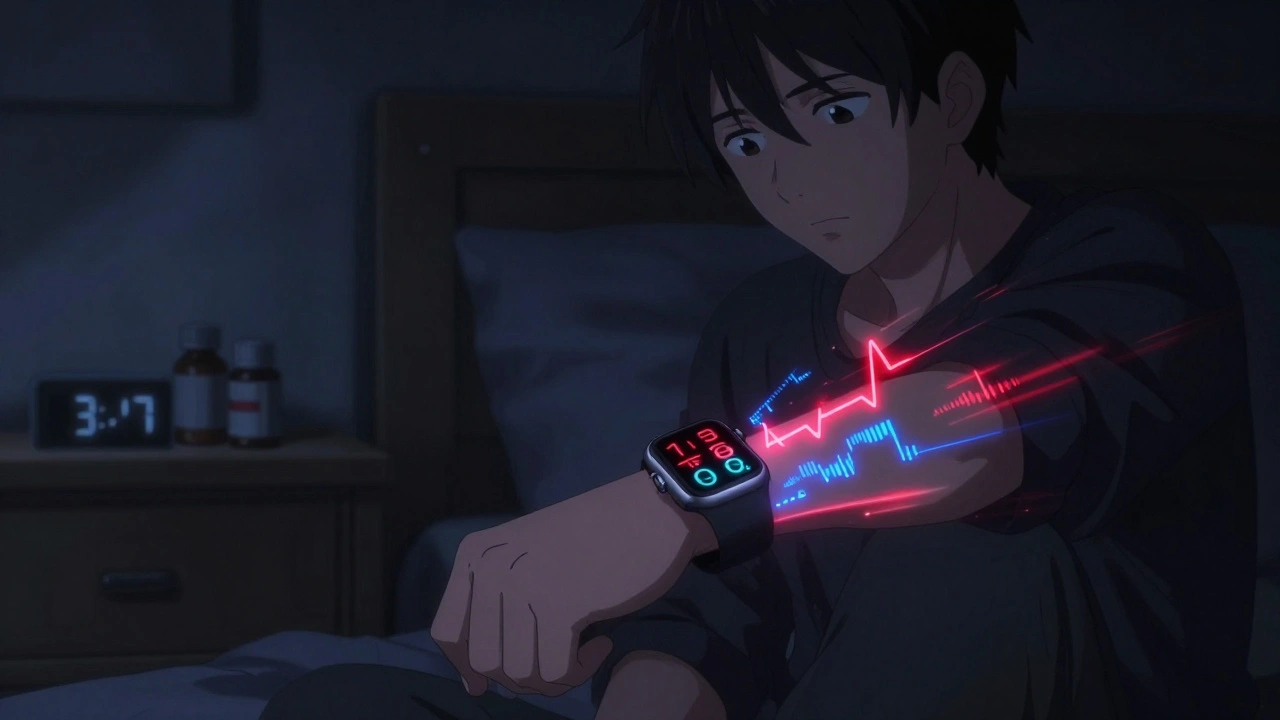Terbinafine: a simple, practical guide
If you’ve heard of terbinafine, it’s usually for treating fungal infections like athlete’s foot, ringworm, or nail fungus. It comes as a cream, spray, or oral tablet, and each form has its own use. Topical terbinafine treats skin infections quickly. Oral terbinafine is the go-to when the fungus lives in the nail or deeper skin layers.
How terbinafine works and when to use it
Terbinafine kills fungi by stopping them from making an essential component of their cell wall. For itchy, flaky patches on the skin, a 1% cream or spray applied once or twice daily for about 1–2 weeks often clears the infection. For nail fungus (onychomycosis), oral terbinafine is usually prescribed: typical courses are about 6 weeks for fingernails and 12 weeks for toenails. That long treatment is because nails grow slowly — don’t expect overnight results.
Dosage, side effects, and monitoring
Most adults take 250 mg of oral terbinafine once daily when treating nails. Side effects can include stomach upset, headache, and changes in taste. Some people notice a metallic or reduced sense of taste that can last weeks. A small number of patients have liver enzyme changes or liver injury. Doctors often check baseline liver tests before starting oral terbinafine and repeat them if you have symptoms like yellowing skin, dark urine, severe tiredness, or persistent nausea. If you have known liver disease, discuss safer options with your doctor.
Topical terbinafine carries much less risk of systemic side effects. If a skin rash or irritation develops after applying the cream, stop and ask your pharmacist or clinician.
Terbinafine can affect how some other drugs work because it interacts with liver enzymes, especially CYP2D6. That matters if you take certain antidepressants, beta-blockers, or other common medicines. Bring a current list of your medications when you talk to the prescriber.
Pregnancy and breastfeeding: oral terbinafine is usually avoided unless clearly needed. If you’re pregnant or breastfeeding, ask your provider for alternatives or topical options.
Practical tips: take the tablet with or without food at the same time each day, finish the full course even if symptoms improve, and keep nails trimmed and clean while treating onychomycosis to help the medicine work.
Buying terbinafine online: many countries require a prescription for oral terbinafine. Use licensed pharmacies, check for pharmacist contact, and avoid deals that look too good to be true. Fake or poor-quality antifungals can waste time and harm your health. If ordering cream, still prefer reputable sources and check the product name and ingredients.
Questions? Talk to your pharmacist or doctor. They can confirm the right form, dose, how long you’ll need treatment, and whether any tests are needed before you start.
Terbinafine and weight gain: Is there a connection?
In my recent exploration of the possible connection between Terbinafine and weight gain, I came across various studies and personal experiences. Terbinafine, an antifungal medication, is commonly prescribed to treat fungal infections, but there have been concerns about potential side effects. Although weight gain is not officially listed as a common side effect, some individuals reported experiencing it while taking the medication. It's worth noting that these cases could be coincidental or due to other factors unrelated to Terbinafine. In conclusion, more research is needed to establish any definitive link between Terbinafine and weight gain.






